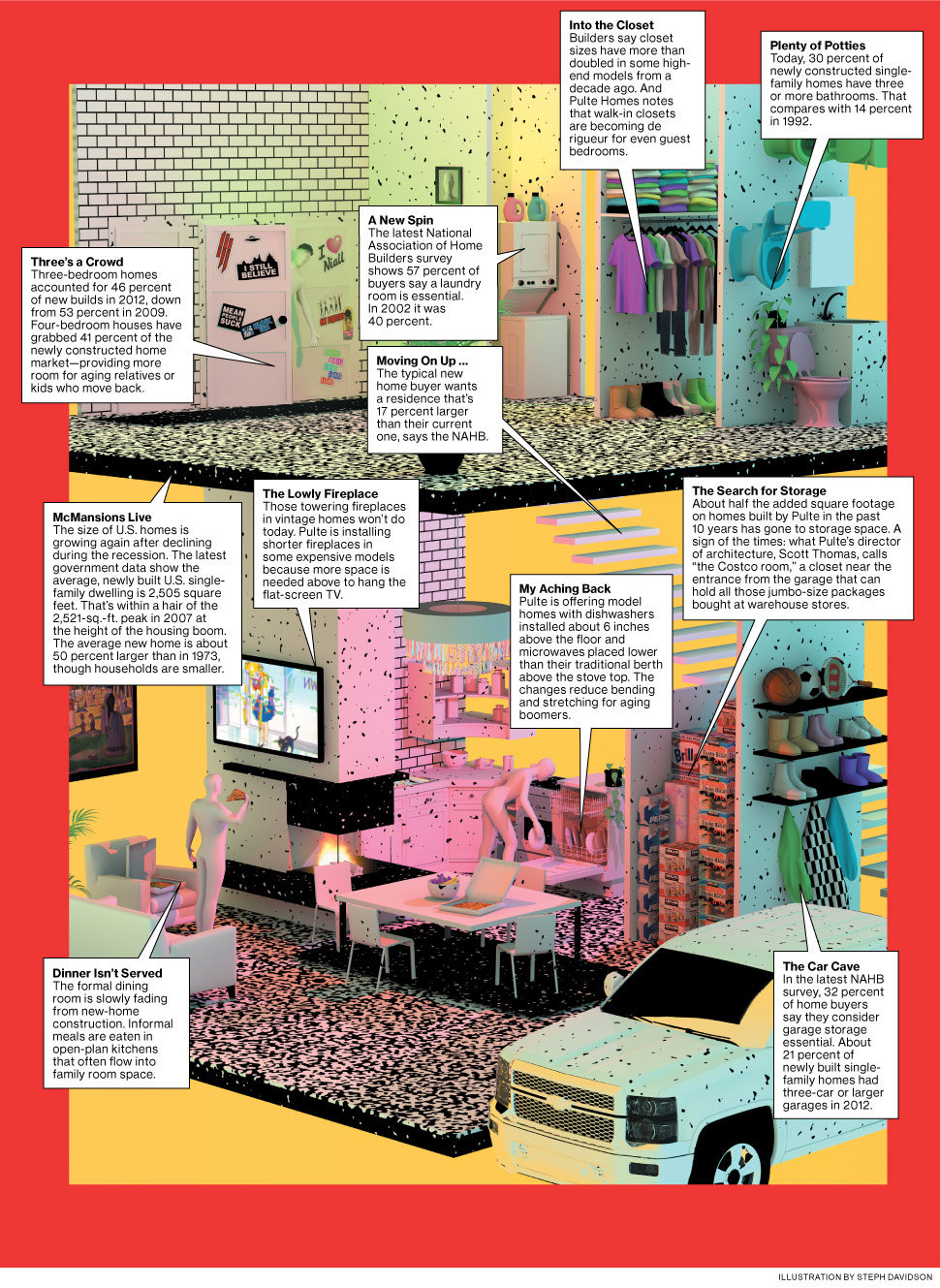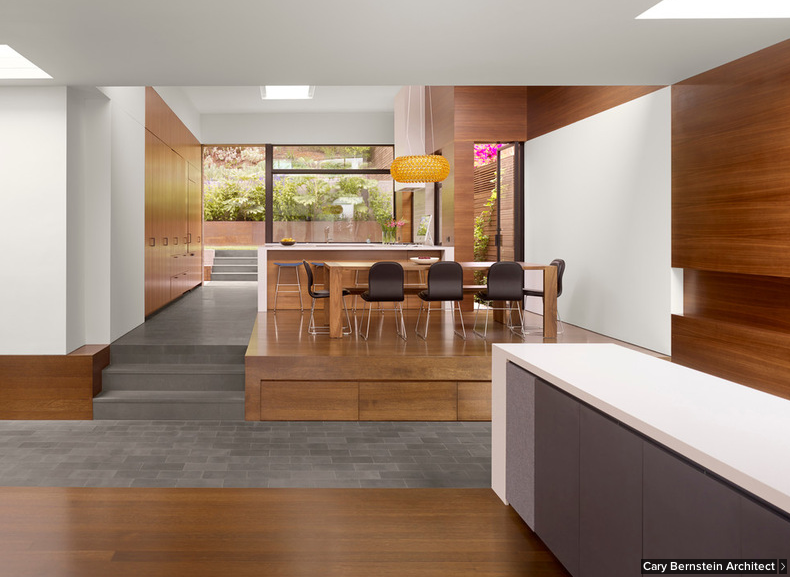 I found this great hack on Lifehacker.
I found this great hack on Lifehacker.
Home security and automation are rarely mentioned in the same sentence as the word cheap, but it’s totally possible if you’re willing to do a few things yourself. We checked out a $200 DIY kit called Ninja Blocks, and were able to get a home automation and security system up and running in about 10 minutes.
[pb_vidembed title=”” caption=”” url=”http://www.youtube.com/watch?v=BR7yjXuP_eg” type=”yt” w=”680″ h=”383″]







